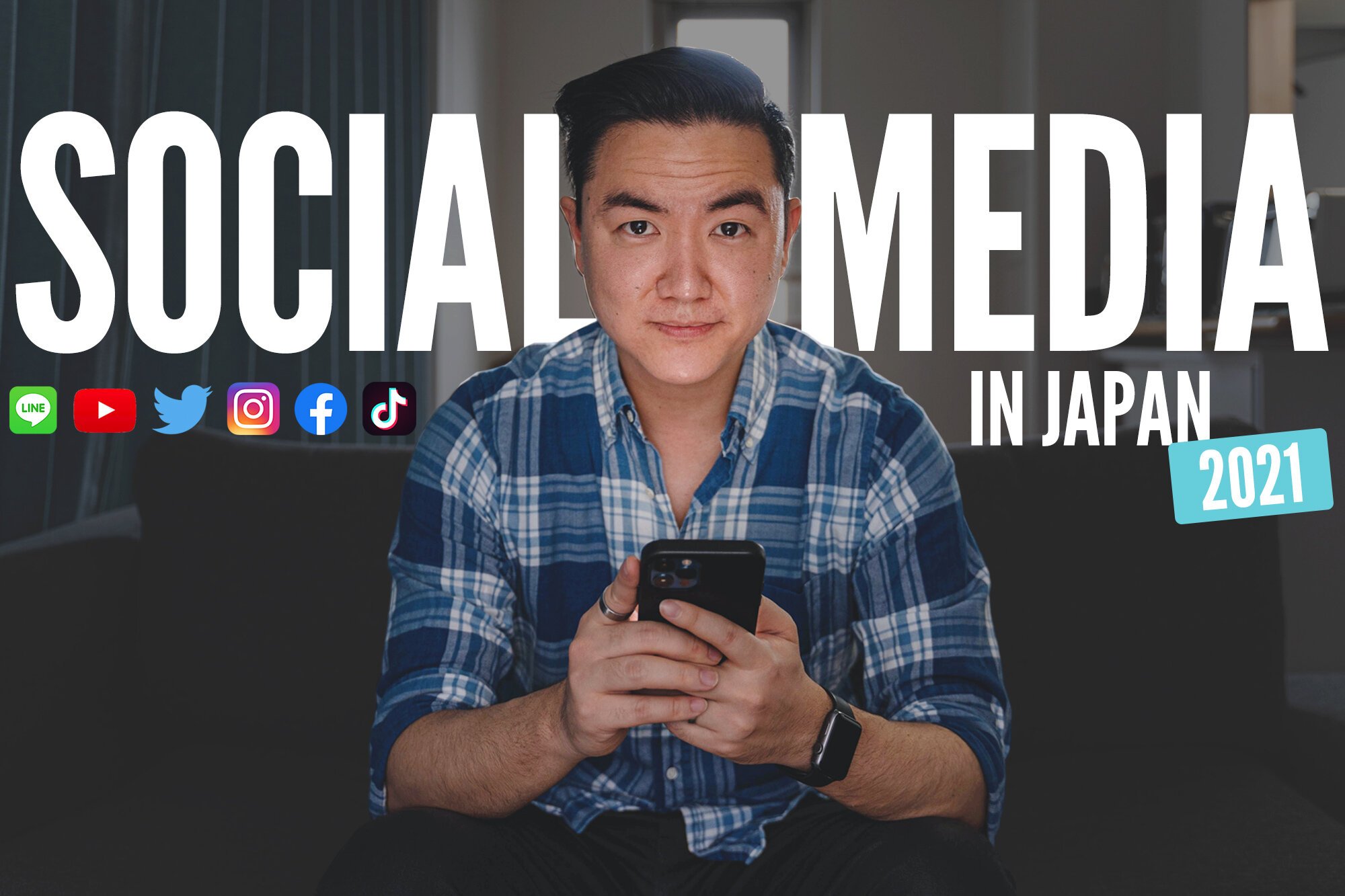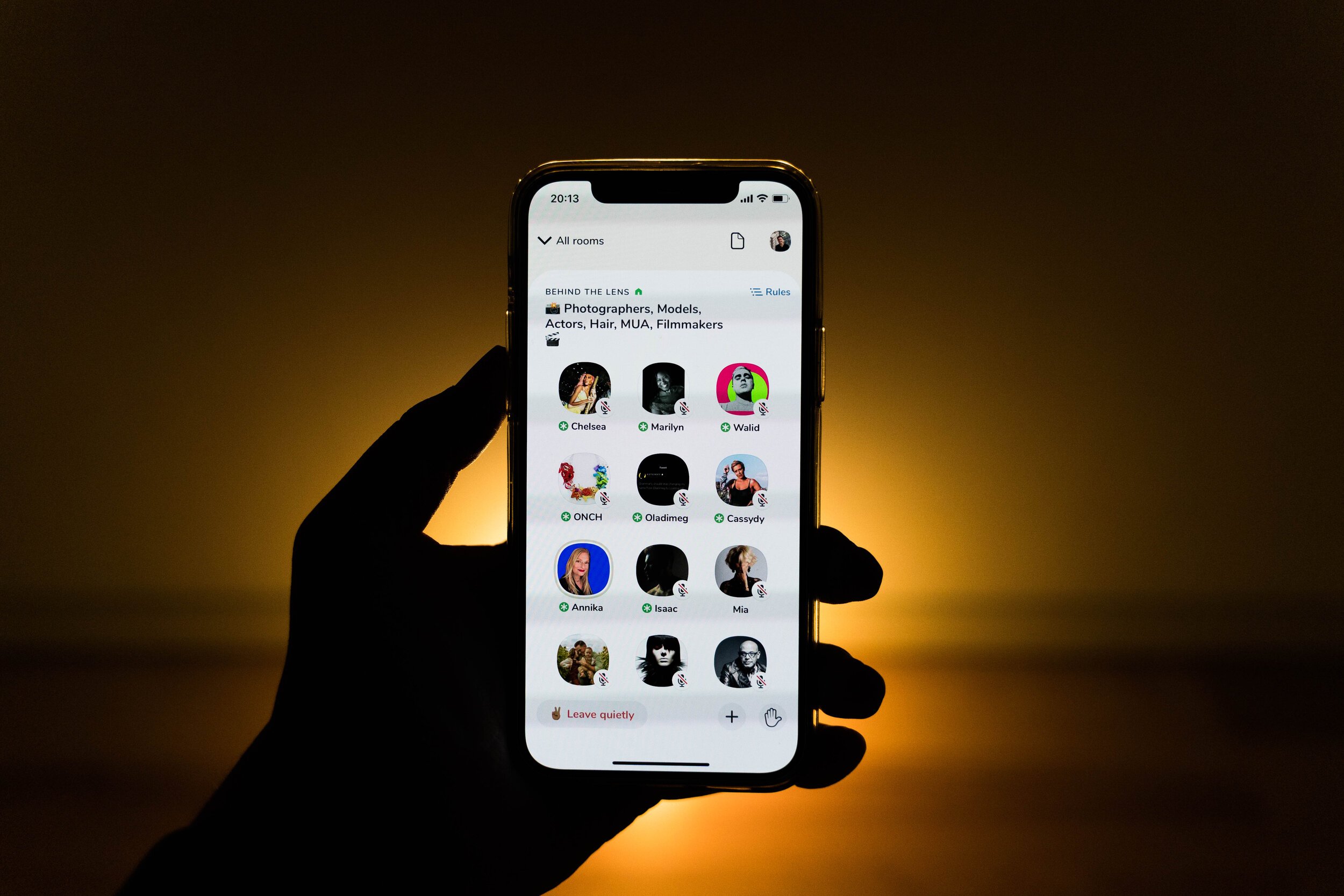Buying an Apartment in Tokyo
What apartment-hunting and buying was like in Tokyo, how much apartments cost in the city, and some things that should be considered.
About My Japan-Related Business
I started a company that is connected to Japan, helping businesses do international marketing to the country.
What it's Like Doing a Marketing Pitch to the Tokyo Metropolitan Government
Tokyo Metropolitan Government pitches are unique. Here’s how they go, according to my experience.
Social Media in Japan in 2021
A look at the most popular social media apps in Japan in 2021 - user numbers, usage trends and more.
The Creator Economy and the Comprehension Gap
We hear “creator” a lot these days, but there may be a slight misunderstanding by many about what creators are, what they need, and how this affects the future.
Clubhouse - My First 48 Hours With the Audio Social Network
The latest social network to buzz, this one is different - it’s audio only.
What Businesses Should Take Away From This Influencer Opening a Restaurant Chain
MrBeast opening a DTC burger chain highlights a shift in how new businesses now start and provides lessons for businesspeople to learn from.
A Juice Brand Meant to Help Farmers in Japan
Tasting The Fruits Company, a Japanese DTC brand aiming to turn wasted fruits into 100% fruit juice.
Instagram in Japan in 2020
All about Instagram use in Japan in 2020. Information from the House of Instagram Japan online event held by Facebook Japan.
Social Media Marketing Lessons From Presidential Campaigns
A Presidential candidate's social media campaigns can provide good lessons for people looking to promote their business or themselves on social media.
How Coffee and Cafe Brands are Marketing in Japan
Japanese consumers and coffee, as well as an analysis of a few popular coffee and cafe businesses in Japan to see how they’re marketing and building their brands.
Creating Brand Value for Social Commerce
Commerce and communication have merged as social networks become direct eCommerce channels. Here’s how businesses should think about social media now.
Creating Brand Value in the Direct-to-Consumer Era
Decreased barriers to entry in communication and e-commerce have increased hurdles for brands to differentiate and stand out. This is how they can create value.
UNIQLO’s Initial Black Lives Matter Statement Highlights Japanese Marketing Struggles
UNIQLO’s initial Black Lives Matter post highlights the struggles Japanese brands sometimes have when marketing to an international audience.
The Professionals Using TikTok to Grow
Opportunities arise when there’s awareness of a business, and lawyers, medical professionals and others are using TikTok to grow their awareness.
How Brands in Japan are Responding to COVID-19
What some brands and celebrities in Japan are doing in reaction to COVID-19/Coronavirus.
How Hawaii Brands are Responding to COVID-19
A list of Hawaii brands taking admirable actions to help the local community during the COVID-19 pandemic.
Japanese Celebrities to YouTube Stars: Haruna Kawaguchi
Haruna Kawaguchi is the latest Japanese celebrity to become a YouTuber.
Japanese Consumers and Media Attention in 2020
About Japanese consumer attention in media in 2020, what channels they use, where they shop, and how they pay.
Instagram in Japan in 2019
All about Instagram use in Japan in 2019. Information from the Instagram Day Tokyo 2019 event.



















